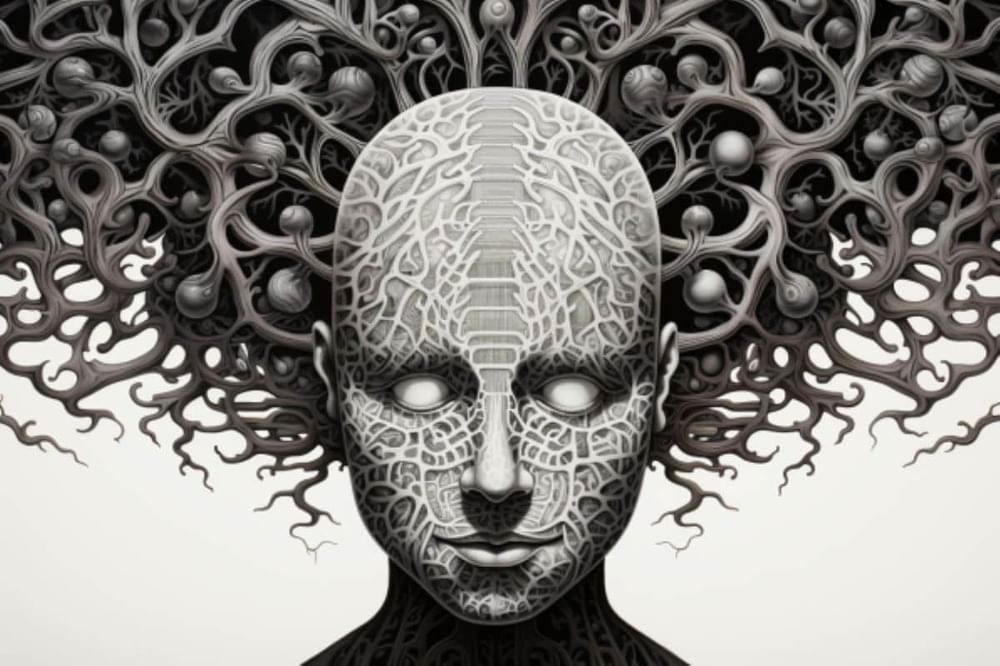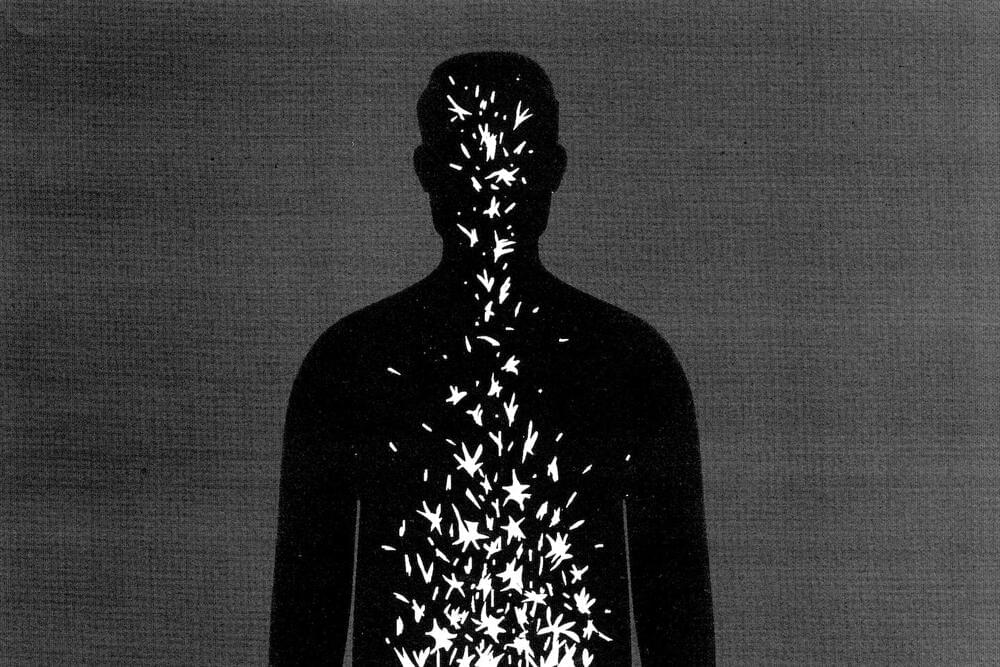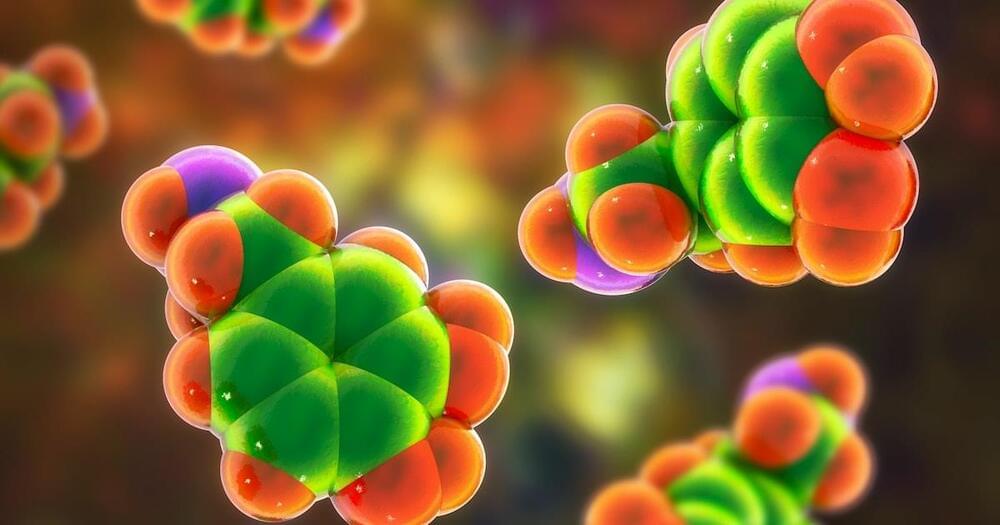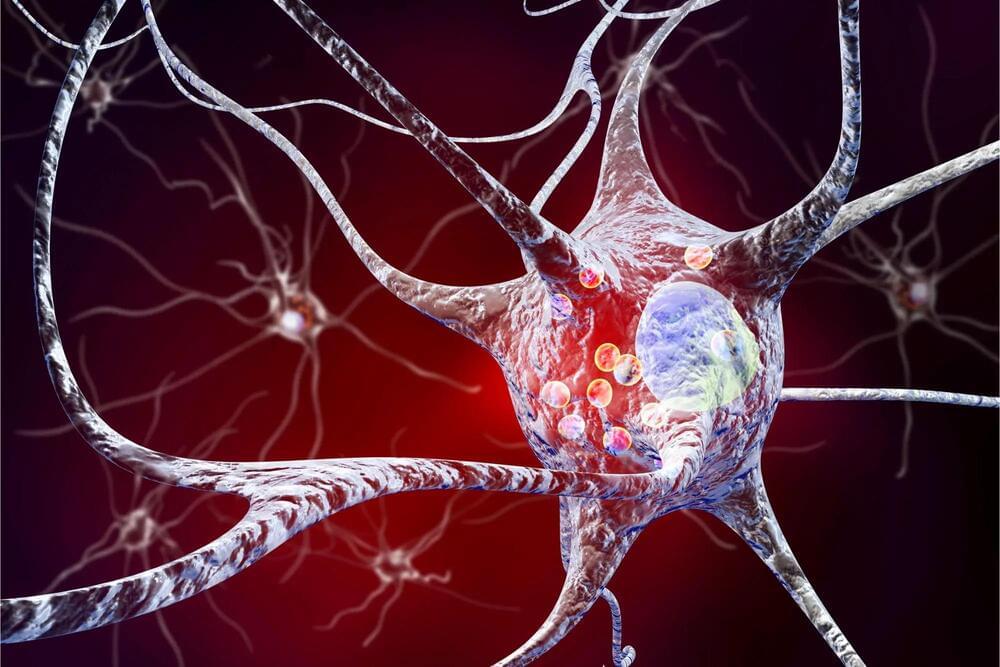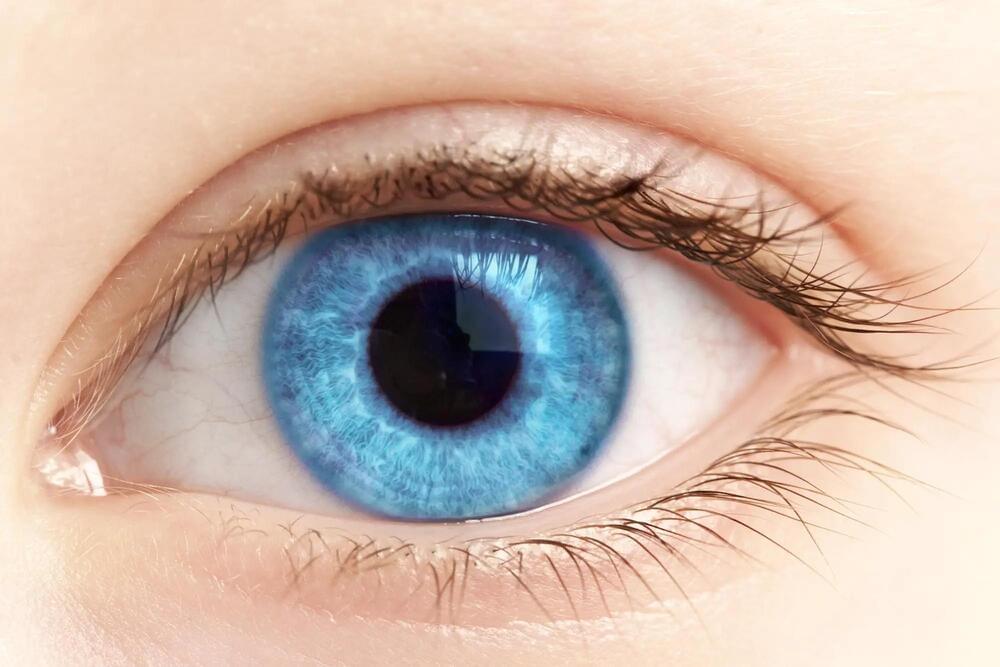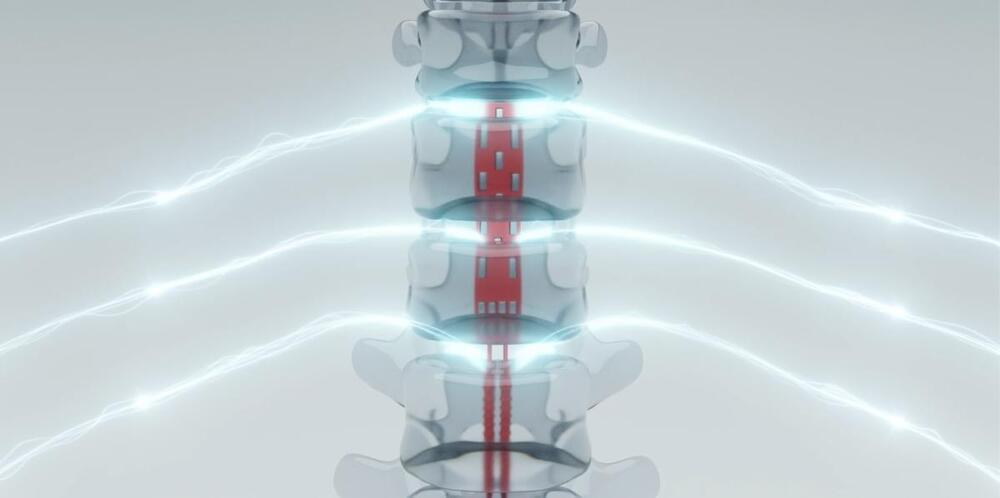Life’s random rhythms surround us–from the hypnotic, synchronized blinking of fireflies…to the back-and-forth motion of a child’s swing… to slight variations in the otherwise steady lub-dub of the human heart.
However, truly understanding these patterns—known as stochastic or random oscillations—remains beyond scientists’ grasp. Despite some progress in analyzing brain waves and heart rhythms, researchers and clinicians have been unable to compare or catalog an untold number of variations and sources.
Gaining such insight into the underlying source of oscillations “could lead to advances in neural science, cardiac science, and any number of different fields,” said Peter Thomas, a professor of applied mathematics at Case Western Reserve University.

